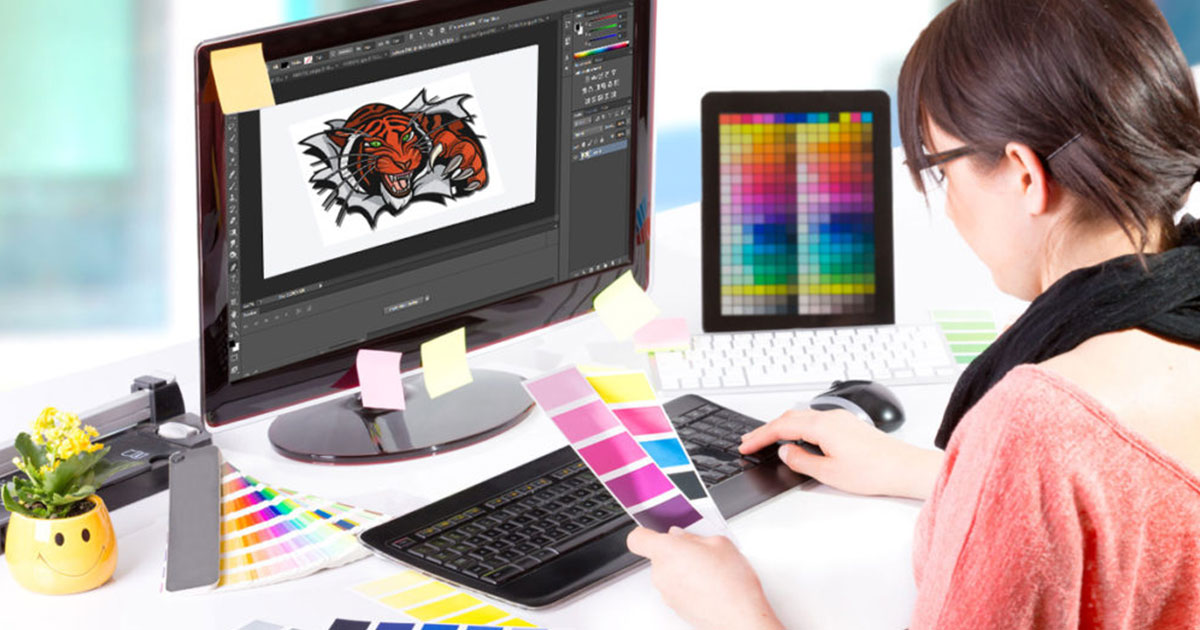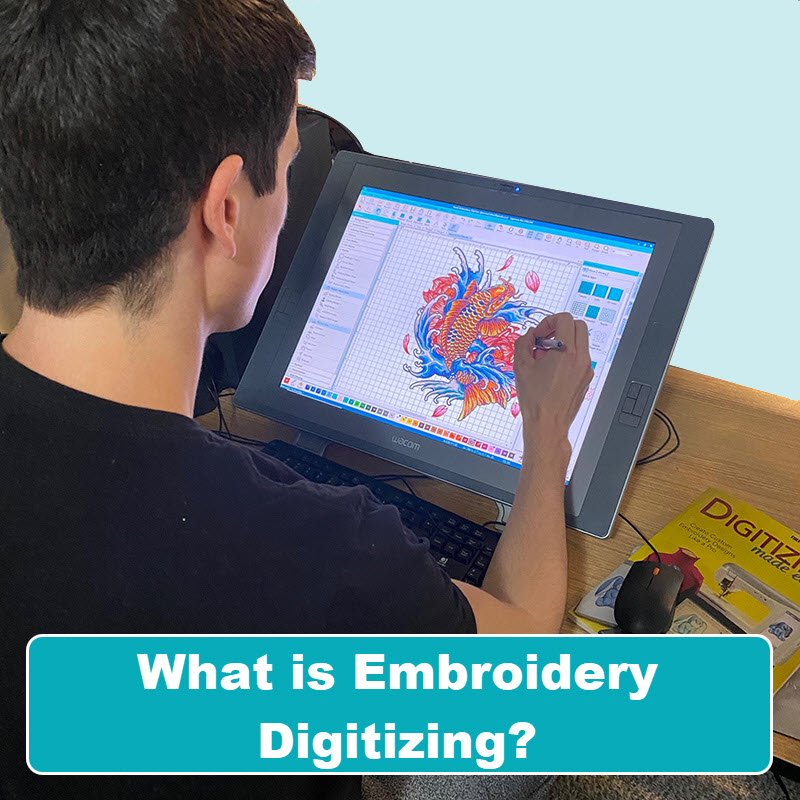Expert Digitizing for Embroidery: Quick and Reliable Service
Expert Digitizing for Embroidery: Quick and Reliable Service
Blog Article
Streamlining the Art of Needlework Digitizing: Step-by-Step Overview
As innovation continues to advance, the digitization process has actually come to be much more accessible, allowing enthusiasts to bring their elaborate styles to life with convenience. In this guide, we will unravel the complexities of needlework digitizing, damaging down each action methodically to enhance the procedure and equip both novices and experienced embroiderers alike.
Comprehending Needlework Digitizing Software Program
Embroidery digitizing software program offers as an essential tool for transforming detailed styles into digital formats compatible with needlework machines, helping with accurate sewing and personalization. This customized software application enables individuals to import various photo data styles, such as JPG or PNG, and transform them into embroidery machine-readable layouts like DST, EXP, or PES - Digitizing for Embroidery. By utilizing functions like stitch editing, rug choices, and string color choice, digitizing software enables users to regulate every facet of the layout procedure
Furthermore, advanced embroidery digitizing software program uses tools for producing complicated designs, adjusting stitch density, and integrating complex information. Customers can likewise preview the style prior to stitching it out, making sure precision and decreasing mistakes. In addition, many software programs offer automatic functions that assist improve the digitizing process, saving time and initiative.
Recognizing the abilities of embroidery digitizing software program is essential for achieving top quality results in needlework tasks. By grasping this tool, embroidery lovers and specialists can unleash their creative thinking and bring detailed designs to life with accuracy and performance.

Selecting the Right Layout Documents
After familiarizing on your own with the capacities of embroidery digitizing software, the next critical step in the process is picking the right style data for your job. Digitizing for Embroidery. When selecting a design documents for needlework digitizing, it's necessary to think about the intricacy of the style, the size of the end product, and the kind of fabric you will be dealing with
For detailed layouts with fine details, a high-resolution photo or vector data is advised to make sure that the needlework equipment can properly duplicate the layout. In addition, the dimension of the final item plays a substantial role in choosing the right design documents. Larger styles may require higher resolution data to maintain clarity and sharpness.
Moreover, the type of textile you will certainly be embroidering on influences the choice of style documents. Different fabrics may call for modifications in the design documents to guarantee that the stitches are effectively aligned and the style looks like planned. By thoroughly choosing the appropriate design hop over to here file based click this on these aspects, you can establish on your own up for a successful embroidery digitizing process.
Digitizing Tools and Methods
Making use of specialized software and precision techniques, digitizing tools are necessary in changing intricate designs into embroidery-ready data. Embroidery digitizing software application, such as Wilcom, Hatch, or Embrilliance, gives the necessary platform to convert artwork into stitch data. These programs use attributes like stitch editing and enhancing, underlay options, and lettering tools to make certain the layout translates perfectly onto fabric.
Among the vital strategies in digitizing is developing a clear course for the needlework equipment to follow. This involves digitizing each element of the layout with precision, determining stitch types, thickness, and instructions. By utilizing tools like digitizing tablets or software-specific plugins, embroiderers can achieve a high degree of precision in their digitized designs.
Furthermore, understanding the art of padding sewing is important for creating top quality needlework. Underlay sewing stabilizes the fabric and creates a structure for the style, guaranteeing that the end product is both aesthetically appealing and long-lasting. By recognizing these digitizing tools and techniques, embroiderers can boost their craft and bring complex designs to life with precision and performance.
Personalizing Stitch Types and Instructions
Having developed a foundation in digitizing tools and strategies, an essential element beforehand needlework craftsmanship depends on personalizing stitch types and instructions with precision and objective. The choice of stitch kinds can dramatically impact the total appearance and appearance of the embroidered design. Satin stitches, Full Article recognized for their smooth and shiny coating, job well for producing borders and message. On the various other hand, fill stitches are excellent for covering bigger areas effectively. By tactically combining these stitch types, embroiderers can attain deepness and dimension in their layouts.
Moreover, the instructions of stitches plays an essential function in boosting the aesthetic appeal of the final needlework. By trying out with various stitch angles and patterns, embroiderers can bring their layouts to life with remarkable information and details.
Screening and Refining Your Digitized Layout
To make certain the precision and top quality of your digitized layout, detailed screening and improvement are essential action in the needlework digitizing procedure. When you have completed the digitization of your design, it is crucial to examine it prior to waging the actual needlework. Evaluating enables you to recognize any type of potential issues such as string breaks, stitch density troubles, or style distortions that may affect the last outcome.

After screening, it is important to refine your digitized design based upon the comments from the test sew-out. This might entail tweaking sew setups, adjusting thickness, or making changes to the overall layout to attain the preferred result. By iterating via screening and improvement, you can tweak your digitized design to excellence before progressing with the actual needlework process.
Final Thought
In conclusion, understanding the art of embroidery digitizing requires an extensive understanding of the software application, picking the appropriate style file, making use of digitizing tools and strategies, personalizing stitch types and instructions, and testing and improving the digitized style. By following these actions, embroiderers can simplify the digitizing procedure and produce premium embroidered layouts with accuracy and efficiency.
Report this page